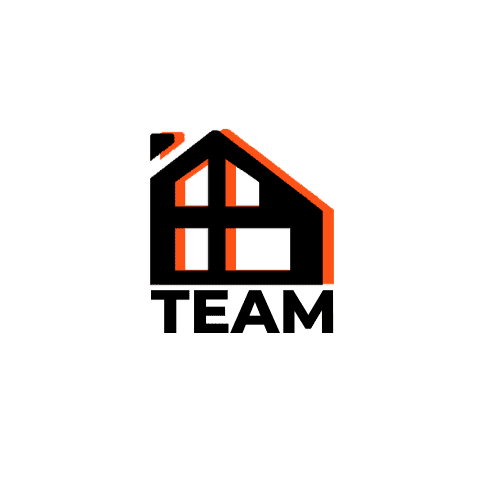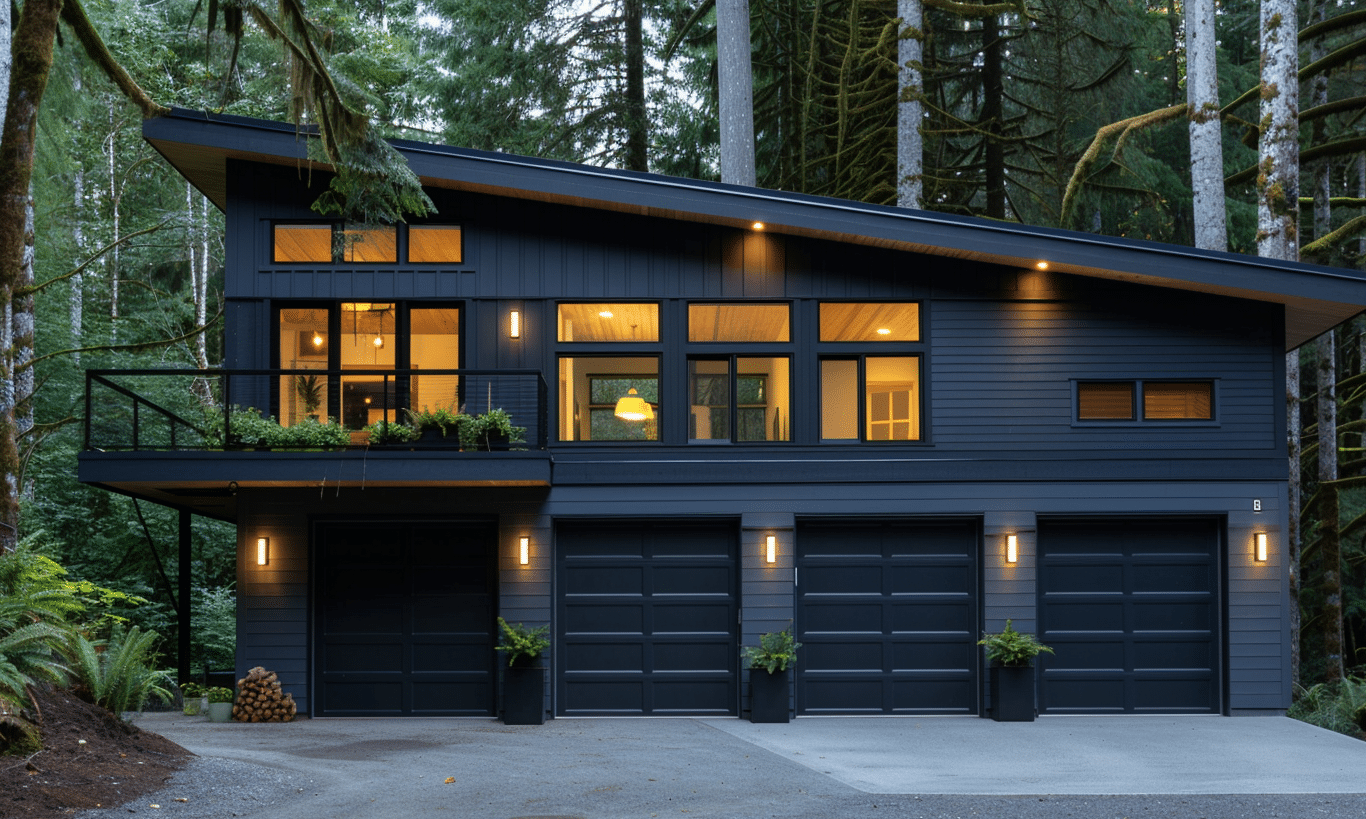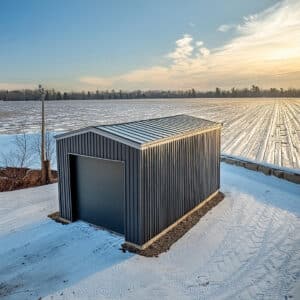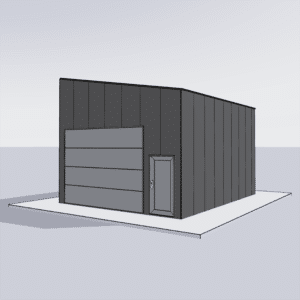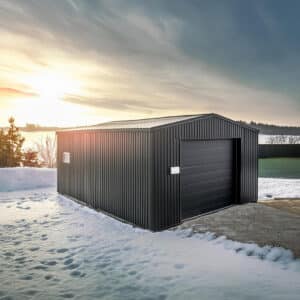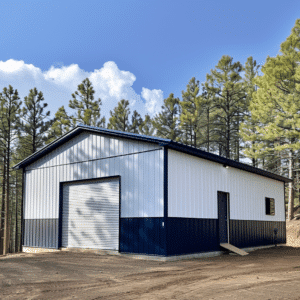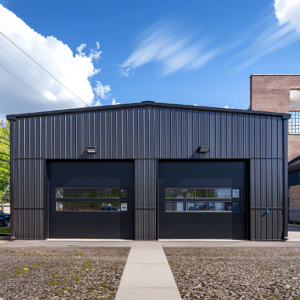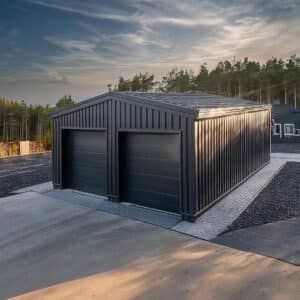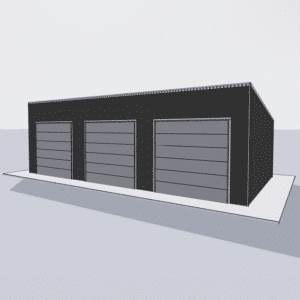In the ever-evolving world of industrial operations, efficiency isn’t just a goal—it’s a necessity. Streamlining production by customizing your industrial steel building can significantly enhance workflow efficiency. If you’re considering how best to facilitate streamlined operations in your facility, this guide will illuminate the path toward an optimized industrial space.
Understanding the Importance of Customization
Customizing your industrial steel building is akin to tailoring a suit—it should fit the unique contours of your business. An optimal industrial space ensures that workflows are smooth, effective, and capable of adapting to changing demands. With a well-planned layout, your facility can eliminate bottlenecks, reduce transit time, and facilitate seamless operations.
Key Considerations for Custom Design
When embarking on a bespoke design for your industrial steel building, certain critical elements must be evaluated:
– **Space Utilization:** The layout should maximize available space. Effective residential steel building design techniques can also offer insightful strategies that translate to industrial settings.
– **Workflow Design:** A clear understanding of the production process will aid in designing a layout that supports efficiency. Map out the steps in your manufacturing process to identify essential equipment and service areas.
– **Flexibility and Scalability:** Your building should not only meet current needs but also facilitate future growth. Custom steel buildings offer flexibility, allowing you to adapt space as operational demands evolve.
– **Environmental Control:** Attention to ventilation, lighting, and temperature regulation is crucial in industrial settings. Steel buildings offer superior insulation and natural lighting options for enhanced working conditions.
Leveraging Modern Building Techniques
Modern construction techniques have positioned steel structures as a top choice for industrial applications. With their durability and adaptability, custom steel building projects provide a cost-effective solution for facilities tailored to specific needs.
Innovations in Steel Building Customization
Steel buildings are no longer the rudimentary structures they once were. Innovations in design offer excellent opportunities for customization that align with Space: Layout Tips for Efficient Industrial Steel Operations.
– **Integrated Technologies:** Modern structures allow integration of advanced technologies, like IoT devices for monitoring and automating processes.
– **Reconfigurable Space:** Pre-fabricated panels and modular design elements enable easy reconfiguration to meet shifting workflow requirements.
– **Sustainable Solutions:** Steel is a recyclable material, and using energy-efficient systems can significantly reduce the environmental impact of your operation.
Practical Applications and Visual Inspiration
A well-designed industrial steel building exemplifies the synergy between form and function. Let’s illustrate this with some remarkable buildings that balance practical needs with aesthetic appeal:

From workshops to expansive factories, these images reveal the vast possibilities within the realm of steel building design. Examine how space is utilized, and imagine how a similar approach could serve your purposes.
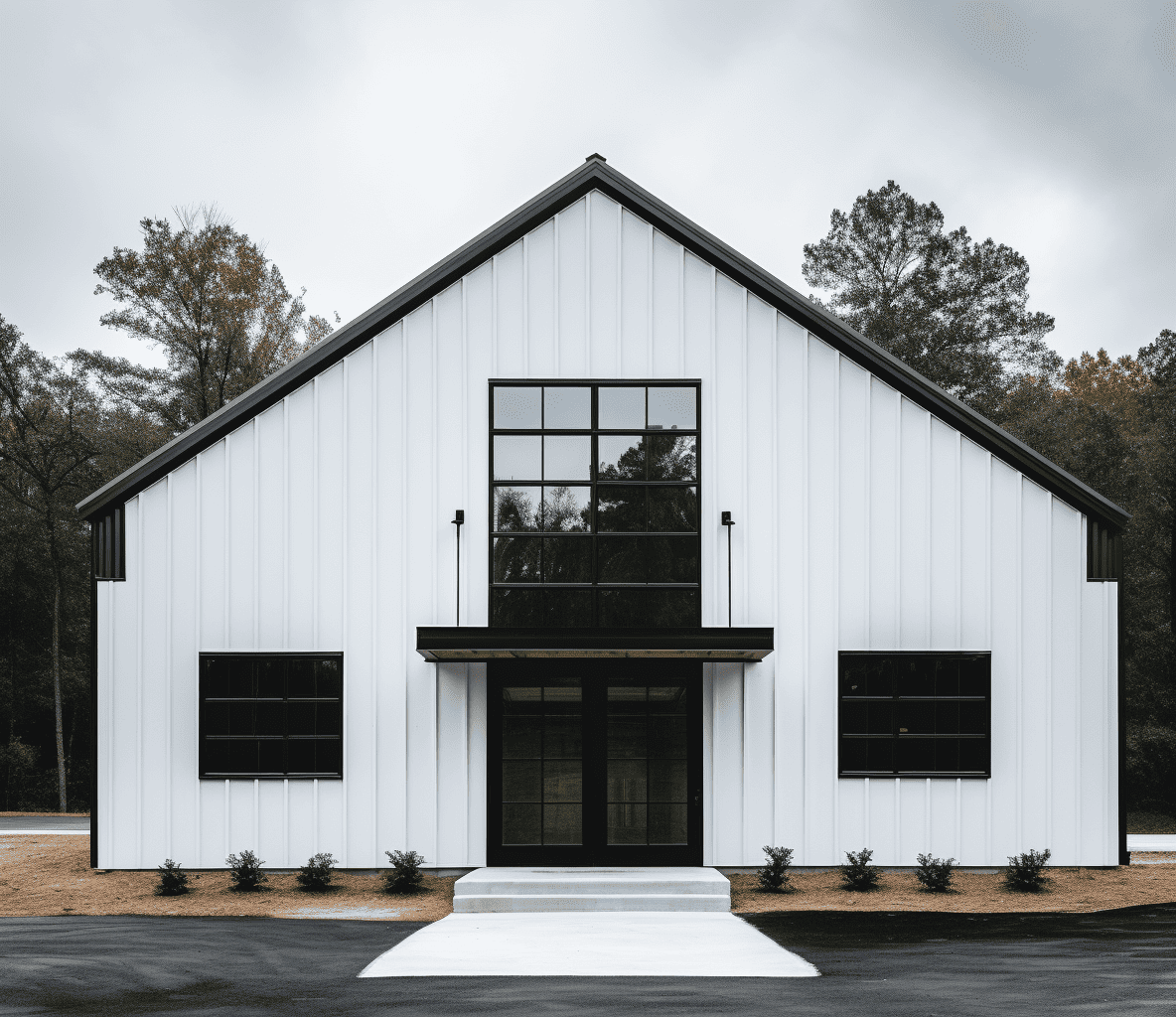
Whether nestled in an urban setting or sprawling across rural landscapes, each design is attuned to both its environment and function. Creative solutions and attention to detail can radically transform your operational efficiency.
Examples of Customization
– **Storage Solutions:** Optimize vertical space with high-density shelving, allowing sufficient room for machinery and equipment at ground level.
– **Process-Specific Zones:** Create defined areas for each stage of production, ensuring materials and components flow logically.
– **Partitioning:** Utilize partitions to segregate noisy or volatile processes, enhancing safety and concentration across the factory floor.
Implementing Best Practices
Setting up industrial steel for optimal production involves deploying strategies linked to Best Practices in Steel Construction – Industrial Buildings. This document serves as a foundational reference, highlighting standards and innovative solutions that ensure your building is aligned with industry benchmarks.
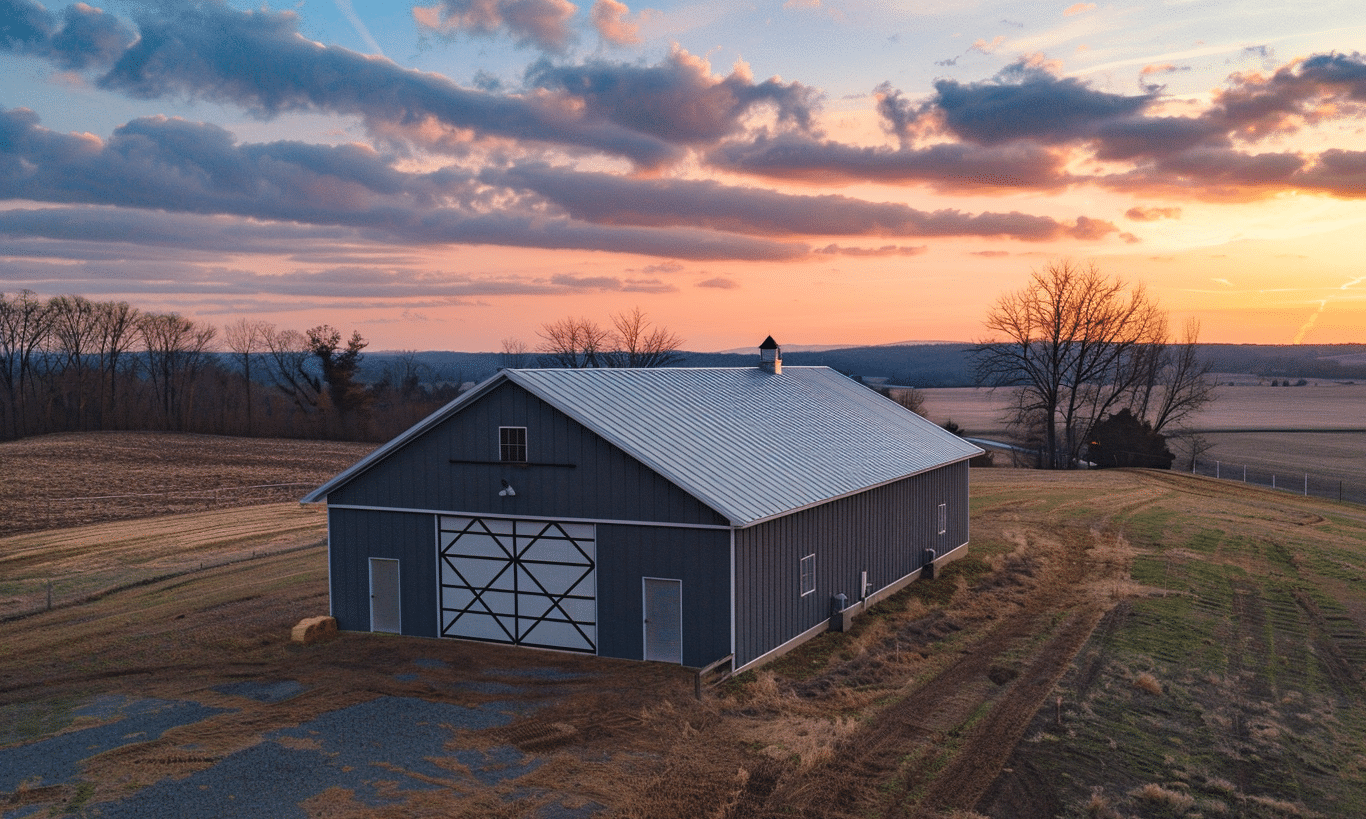
Effective communication with your building team and thorough operational analysis are critical components of successfully transitioning to a customized industrial steel building.
Conclusion: The Path to Enhanced Efficiency
Streamlining production by customizing your industrial steel building can be transformative for business operations. By understanding workflow requirements and marrying them with modern construction techniques, you can create an environment that fosters productivity and innovation.
Customization doesn’t end at construction; it’s an ongoing process that should adapt with evolving business needs. With the right design and implementation, your steel building won’t just meet current demands but will be a cornerstone of future success.
Explore these strategies and discover how an optimized industrial steel building can become your most powerful tool for operational efficiency. Remember, a productive facility isn’t just about capacity—it’s about designing an environment where every square foot contributes to your goals.
